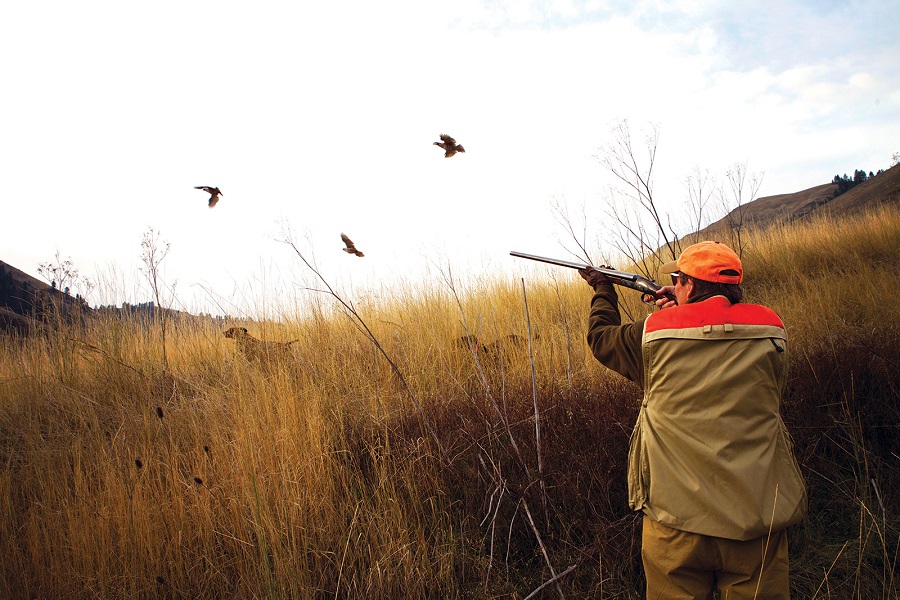You’d better not tread into the frigid wilderness without proper insulation. It cannot be stressed enough: boots need to be insulated to avoid frostbite and other health concerns, and too many novice hunters seem to forego this fact entirely. It’s time to show you how to properly insulate your boots for winter hunting with a full step-by-step series of instructions.
This boot insulation guide works, but it’s difficult to measure it in grammes (which is how you measure insulation ratings), so it’s best to test it out by walking around your house for a few minutes after insulating boots on your own.
Why Hunting Boot Insulation Is Important
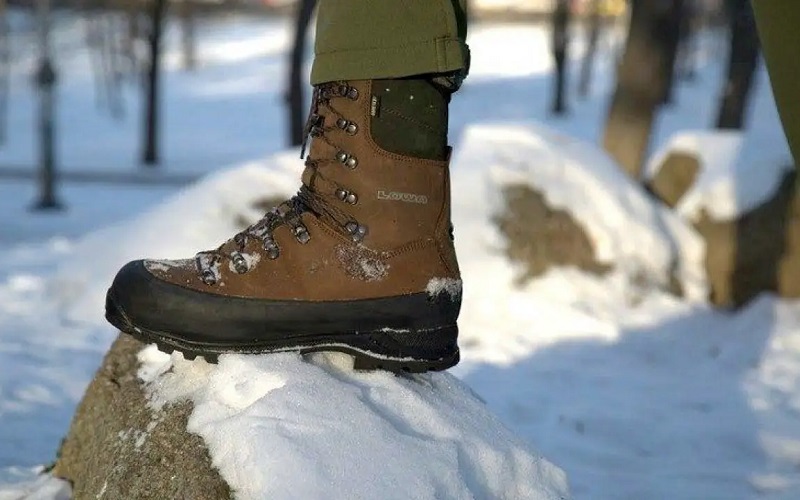
Avoiding frostbite, plain and simple While people think back to that scene from Mr. Deeds when frostbite is brought up, it’s actually nowhere near that detectable at first. Extreme cold slowly freezes the layer of tissue just beneath your skin, which then affects your nerves, so you don’t immediately feel a sharp pain. It’s like a silent killer.
You’re not going to have a charcoal-black patch of unfeeling skin, except in extreme conditions. It’s not always easy to know when frostbite has begun setting in, so the best thing you can do is just prepare yourself for it with insulation.
One other factor to consider is that water freezes fairly quickly, and you’re going to sweat in your boots. All that sweat around your feet is like little conduits of cold that absorb frigid air (in non-insulated boots) and then just transfer that temperature to your skin.
Think of it like this: if you step outside in the cold without wearing anything, you’re going to gradually get colder. If you were dunked into a tub of ice-cold water, you’d feel the effects much faster. Apply that same mindset to insulation and hunting boots.
Insulation Gramme Scale And How to Measure It
Insulation is measured in grams. You’ve likely seen 200g or 400g in descriptions when looking for insulated hunting boots in the past. This brief overview of gramme ratings will break everything down.
- 200 grammes: basic insulation that doesn’t cover much. Usable on cool days of around 50–55° F, but not for anything lower than that. Great level of mobility.
- 400 grammes: slightly higher insulation that provides warm comfort. Usable on cool days of around 45–50° F, but nothing lower than that. Good range of motion and mobility.
- 800 grammes: good level of insulation, great for very warm insulation. Usable on cold days between 30 and 40 °F, it is usually windproof enough to withstand cold transference. Mobility begins to suffer at this rating.
- 1,200 grammes: Fantastic insulation; might be too hot on days where you use it above its range. These boots are usable on very cold days between 17 and 30° F, and they almost always come fully waterproofed. Mobility is rough and rigid at this rating.
- 2,000 grammes or more—the highest rating available for winter boots available to the blic at large. Excellent insulation; it should only be used in extreme conditions. Usable on freezing cold days of 0° F or higher, but not good for subzero temperatures. These will be exponentially difficult to manoeuvre in.
How do I Insulate My Hunting Boots?
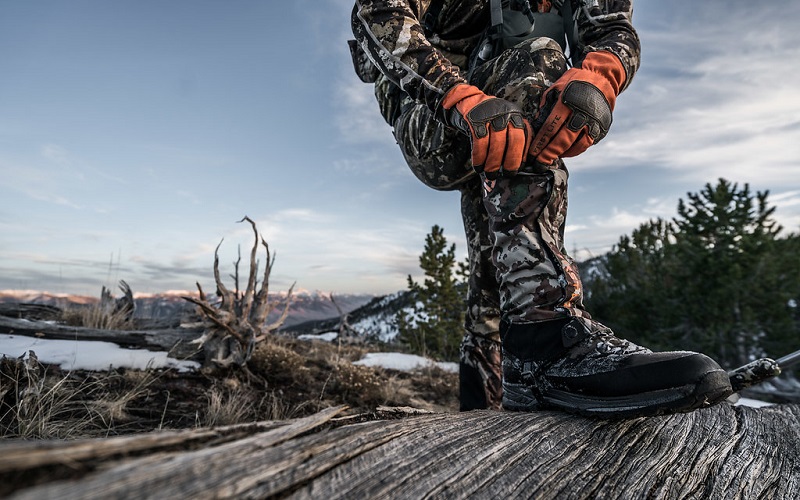
Unless you’re a pro with a sewing machine and know how to actually attach insulation to the lining of your boot, you’re going to have to settle for some alternative methods. These work to insulate and are non-invasive. Most insulation has to be woven into the walls of a boot to be effective, so it’s difficult when you’re dealing with a fully assembled boot to start with. Use this step-by-step guide (along with a few tips at the end) to insulate your hunting boots.
- Apply a stronger footbed. You can get removable insoles that are better suited to insulate your boots than whatever rubber ones are currently in there. If your boots are newer and there’s not a lot of wear and tear on the insoles, you can consider supergluing the footbed down so it stays in place and doesn’t have to be removed. Just be careful with this one so you can be certain that it’s actually being glued down properly.
- Waterproof your boots. You can use a highly durable exterior spray to waterproof everything. This basically adds a layer of polymer to your boots that makes it near-impossible for liquid to penetrate, which means it’s going to literally make your boots more waterproof while also making it harder for temperatures to penetrate or seep out from within.
- Invest in removable sock liners. These work in tandem with your footbed or insole to retain your body heat instead of just expunging it through the main wall layer of your boots. It’s possible to affix sock liners to your boots, but it’s not recommended since you will need to clean them. Keep in mind that if you do this and the footbed tactic, you’re effectively eliminating a half-size or full size of your boot, so it will be more snug when you slip it on. If you’re getting a pair of boots and insulting yourself to save money, get a full size up to account for the extra room.
- Get some socks that are actually going to hold up to the task. This isn’t really about insulating the boot itself, but it’s an added preventative measure you can use to avoid freezing temperatures ravaging your extremities.
Some Tips On Rigging Your Insulation
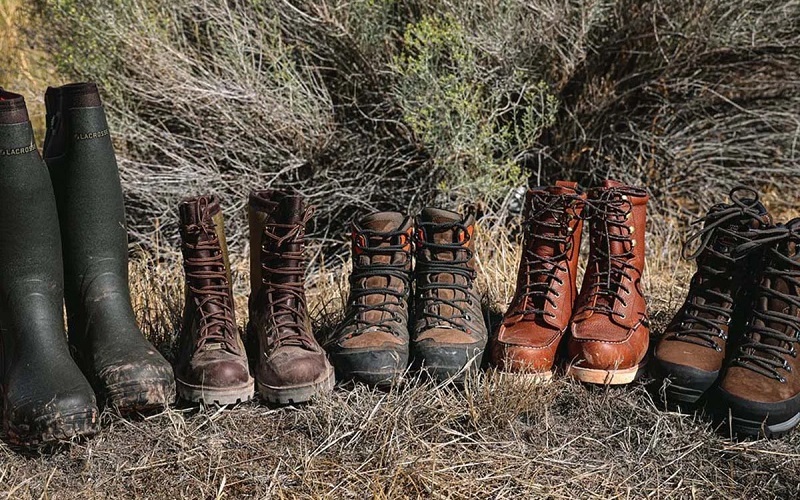
These are just some helpful tips that have been gathered from lumberjacks, engineers who work out in the cold, and electricians who work on outside units. You can apply them to hunting if you wish.
- Avoid cotton at all costs. It retains liquid really easily, and that’s going to make things uncomfortable. Cotton also harbours bacteria, which can cause fungal infections, especially on all-day hunts.
- Hot hands and toe warmers are your friends. You can slip these in your boots before you get out of the truck, and they should keep you extra warm for six to eight hours on average.
- Use individual toe socks in place of whatever you currently have. It might not be something you’re eager to try, but think of it this way: you’re putting two additional layers between each of your toes. Your body begins to feel the cold and its effects at the furthest points from your heart, meaning your toes and the tips of your fingers.
- Bring spare socks along with you. If you climb up in a tree stand and get some snow that inevitably falls in the lining of your cuff, your socks are going to get soaked. An extra pair of socks is like taking out an insurance policy against the cold.
- Get up and move around. Your blood needs to start pumping to circulate your feet, which will help increase your internal body temperature by a degree or two. If you’re a tree stand hunter, you’re facing difficulties with this one, but you can do some simple leg raises to get that blood pumping. Just don’t rouse the wildlife by doing so.
- Stuff the cuffs. Your pant leg should be going inside of your boot cuff, no matter what. This keeps everything tight and closer to your body, so there are fewer little openings for warmth to escape. Think of the cold outside like a vacuum that’s always trying to suck up your warmth, and work on closing those gaps in your clothing to prevent this from being a problem.
What Kind Of Socks Should I Wear?
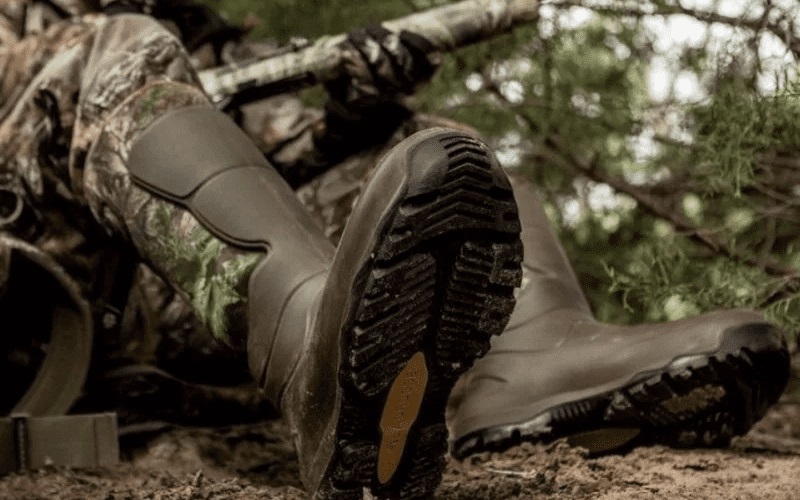
Wool socks and mixtures of nylon are going to be your best bets. Merino wool is basically the top-tier level of wool you could have for anything, and it works wonders for insulating your feet in your boots. Nylon is a synthetic polymer that is added to other fabrics to keep costs down while improving its durability. A 70/30 mix of Merino wool and nylon is basically winter sock heaven and will keep you warm for some time.
What is “Thinsulate”?
It’s a clever term used to describe lightweight insulation. There are claims that thinsulate materials are better because they are more lightweight, but you’ll never find thinsulate above an absolute maximum of 800 grams. If you’re an ultralight hunter and you strictly stick to springtime hunting, thinsulate boots will have the perfect level of insulation to keep you warm without overheating you.
By The Bootstraps
You’re relying on these for a whole lot more than waterproofing; they’re the boundary between you and frostbite. Insulation is imperative for winter hunters, and paying attention to gramme ratings on new pairs of winter boots is what you need to look for. In the meantime, this guide on insulating boots for yourself will keep you warm and in control of your movements.
Resources:


